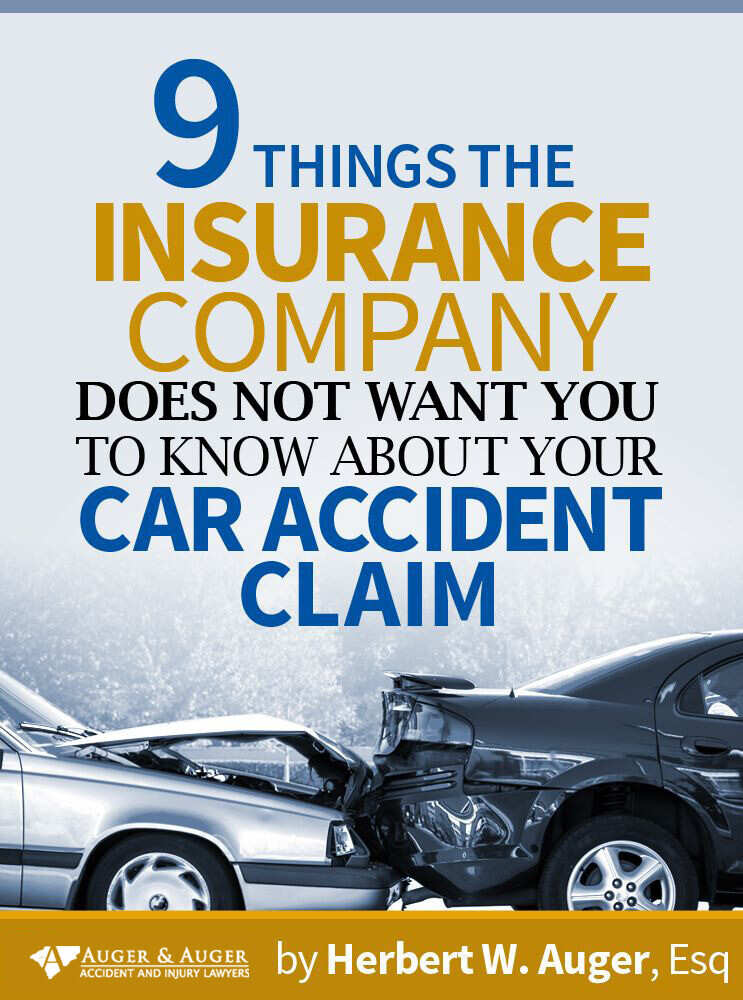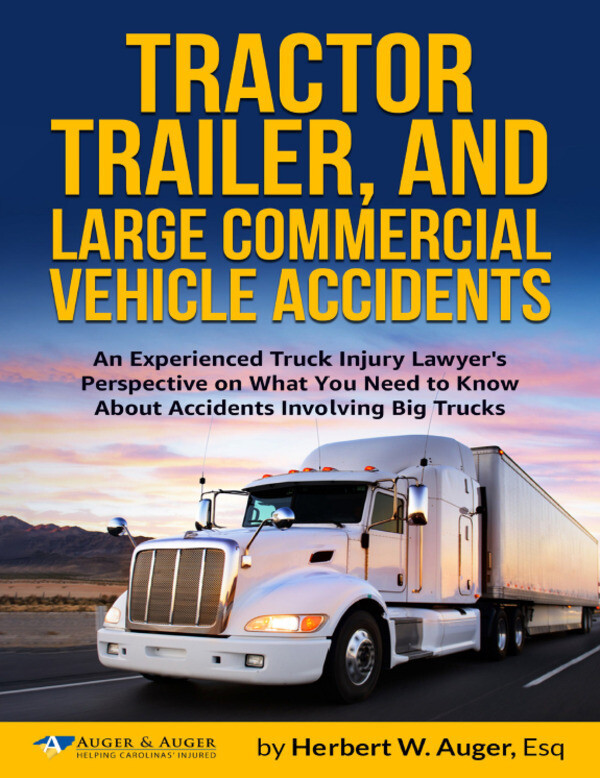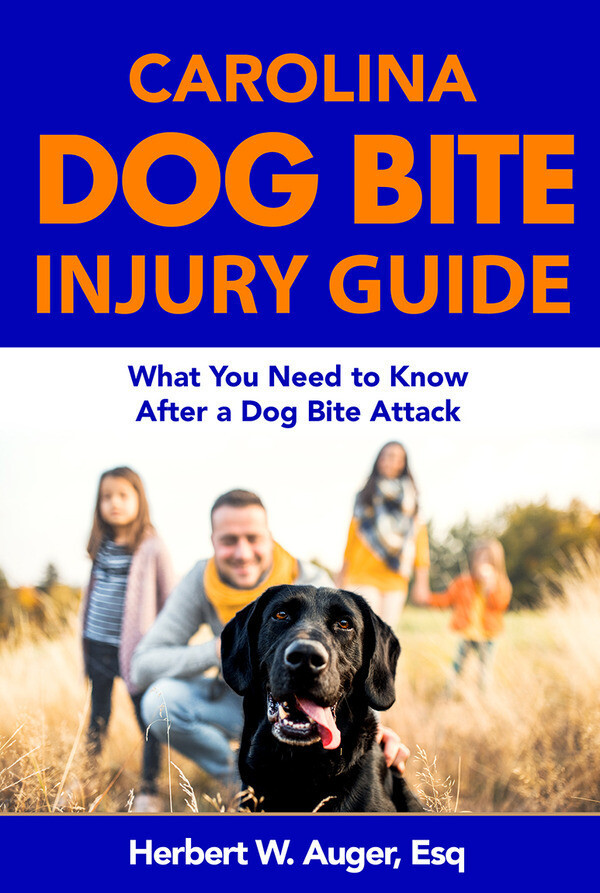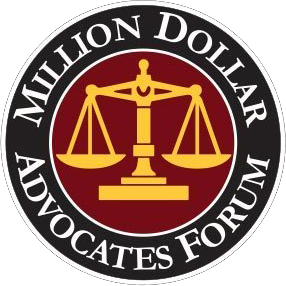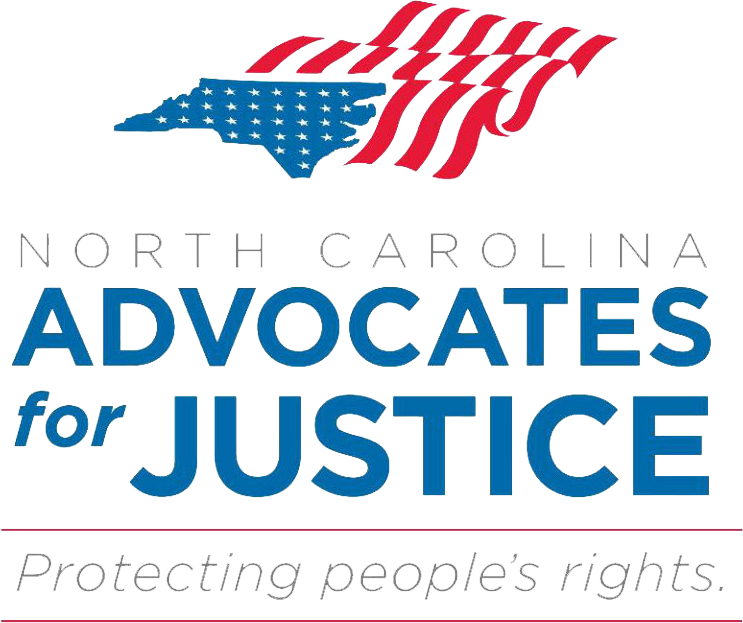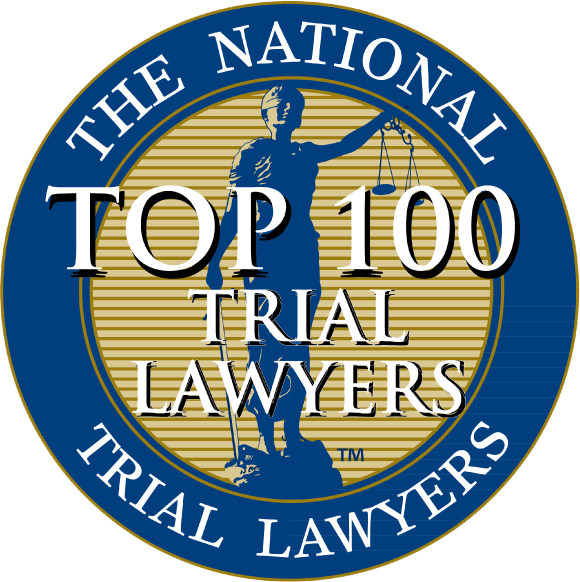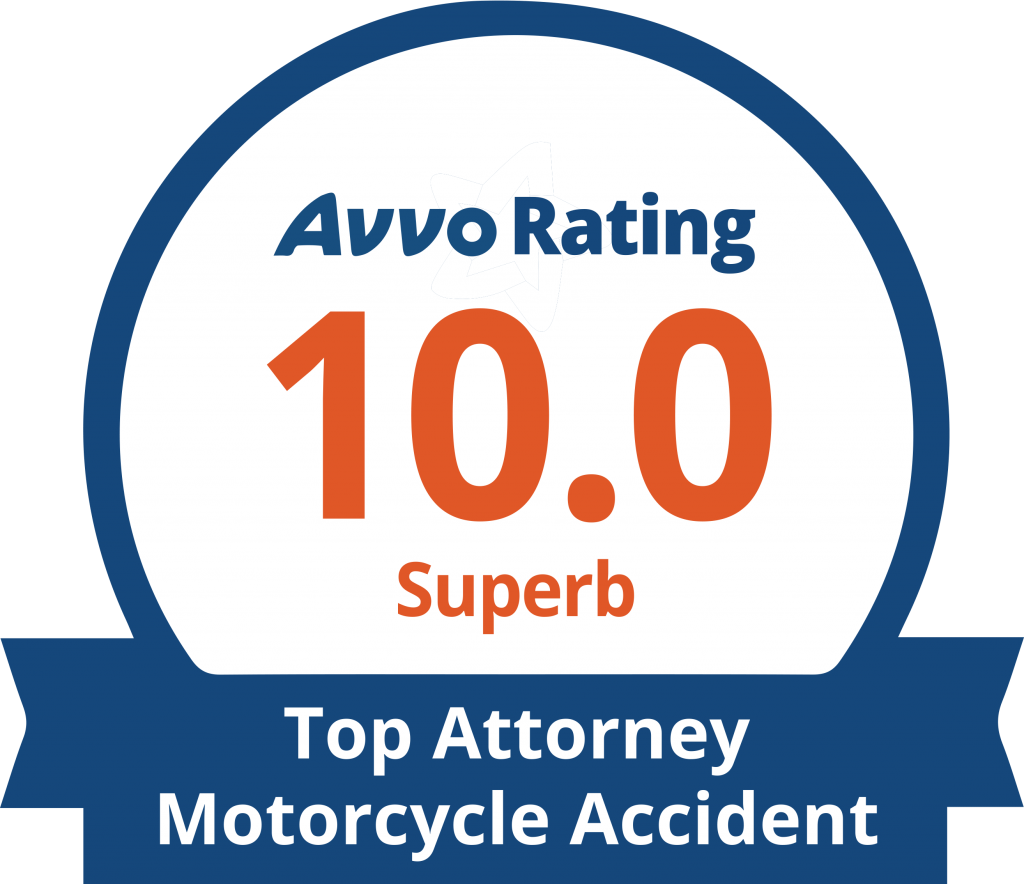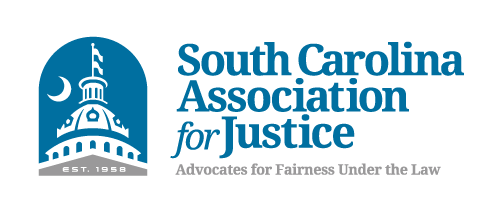Understanding Car Insurance in Charlotte after an Accident
Car insurance ensures you don’t get into a dire financial situation the next time you get into a car accident in Charlotte, North Carolina. Having the right kind of car insurance coverage can make a huge difference after your wreck, so knowing about the types of car insurance available is vital for any driver wishing to reduce their risk of being in steep medical or legal debt.
Certain types of car insurance exist to protect you from mistakes others make on the road. While everyone is required to have the North Carolina legal minimum amount of liability coverage, not everyone fulfills this duty. They may also not have enough insurance to cover the entirety of your damages, especially if they only opted for the minimum. Adding uninsured/underinsured motor
If you have already been in a car accident, it is too late for this type of coverage to benefit you in the immediate aftermath. However, you can work with a Charlotte car accident lawyer to assess your case, identify all potentially at-fault parties, and pursue the maximum amount of compensation available for all of your damages. In many situations, you can find ways around supposed policy limits or other common roadblocks to getting the insurance coverage you need.
To clear everything up and explain how insurance typically works after a car accident in Charlotte, you can consult the brief guide below.
North Carolina Car Insurance Minimums
Nearly every U.S. state has requirements in place mandating all drivers carry at least some level of insurance coverage for damage they cause during an accident that is their fault. This type of coverage is referred to as “liability” coverage because it pays for the costs an at-fault driver is legally required to cover, i.e. the damages they are liable for under North Carolina law.
Minimum liability insurance coverage in North Carolina is split between three types:
- Bodily injury liability per-person: $30,000
- Bodily injury liability : $60,000
- Property damage liability per accident: $25,000
You may see these minimums written in shorthand as 30/60/25, especially when comparing insurance minimums between states. South Carolina’s minimums, for instance, are slightly lower at 25/50/25.
The difference between per-person and per-accident bodily injury liability (BIL) minimums is stressed when there are multiple individuals who were injured by the at-fault drive in the accident. If, for example, there were two people seriously injured, they could each get up to $30,000 of coverage for $60,000 total covering the whole bodily injury liability for the accident. However, if three individuals were injured, the per-accident coverage is capped at $60,000, so three individuals with $30,000 hospital bills couldn’t be fully covered.
Uninsured/Underinsured Motorist Coverage
As you might imagine, running out of insurance coverage can happen quite easily after an accident. Extended hospital stays and emergency surgeries could easily put an individual past the $30,000 cap. Plus, injury victims can often claim lost wages, out of pocket expenses, and other damages since these are directly related to the accident.
In these situations, it quite literally pays to uninsured/underinsured motorist (UM/UIM) coverage. These policy add-ons provide payment in the event that the driver who hit you does not have the insurance available to cover all of your damages. As you might imagine, this can be quite invaluable to have, especially if you are the victim of a hit and run or if you’re hit by an uninsured driver.
Adding Car Insurance Beyond Liability
The liability insurance you purchase only covers others who you injure during an accident that you’re at fault for. It cannot be used to repay the cost of damage to your own vehicle or injuries caused by an uncovered incident.
Car owners can opt for an additional policy to cover themselves and reduce the amount of risk they face when they drive. The two most common types of policies are:
Comprehensive: Covers damage to your vehicle by unknown or uncontrollable sources, such as storms, natural disasters, falling trees, and theft.
Collision: Covers all damage to your vehicle not covered by your comprehensive policy or another driver’s liability policy. This includes incidents where you cause damage to your own car, accidents where you were at fault, and other such situations.
Medical payment or “MedPay” is another type of policy available that can pay for the costs of your own injuries after an accident, regardless of who was at fault. This type of coverage can also apply to your passengers and any family members listed on your policy.
Expanding Liability Coverage, And Other Policy Add-Ons
Drivers have the option to extend the amount of coverage available to them beyond the North Carolina 30/60/25 minimum. Many coverage expansions are quite affordable, adding just a few dollars a month to your existing policy.
If you are concerned about obtaining coverage beyond what an insurer might typically offer, you can also secure an excess liability policy. This is often called an “umbrella” policy because it can provide a million dollars or more to cover any incidents should your applicable policy run out of available funds.
There are also a number of policy add-ons and endorsements available for specific circumstances, such as:
- Automobile Death Indemnity/ Specific Liability: Provides additional liability coverage for accidents resulting in death, dismemberment, or total disability.
- Rental Insurance: Covers the costs of renting a vehicle for you or listed family members for as many as 22 consecutive days while your vehicle is repaired following an accident.
- Towing and Labor (Roadside Assistance): Covers the costs of a towing a vehicle and the labor needed to fix it; can apply to non-owned vehicles for many policies.
- Customizing Equipment Coverage: Covers custom vehicle parts, accessories, and equipment, potentially including stereo systems and electronics.
Working With Insurers after Your Car Accident, And Why You May Need a Charlotte Car Accident Lawyer
You should always contact your own car insurance carrier after an accident, even if you were hit by another driver and will likely file under their liability insurance. Your insurance company will still consider the incident a claim, and they will typically assist you when seeking compensation from the appropriate liability carrier.
You should also contact the insurance company representing the at-fault driver who hit you, but you must be careful. These insurers do not represent you, and they have a strong motivation to pay out as little as possible for accidents. Therefore, they may offer you an unfair initial settlement for your accident, one that doesn’t completely cover all of your losses, both past and future.
Contacting a North Carolina car accident attorney can help you be aware of your rights and avoid common mistakes that can lead to reduced claims or claims that are denied outright. If, for instance, the liability insurer wants to allege that you were actually at fault for the accident, your attorney can use evidence, witness statements, police reports, and other findings to assert that the other driver was, in fact, at fault and, thereby, liable for your damages.
You can speak to a car accident lawyer in North Carolina for free to learn about your rights and your legal options for pursuing a personal injury claim after your wreck. Call (704) 364-3361 or contact us online to schedule your free, no-obligation consultation appointment right now.
